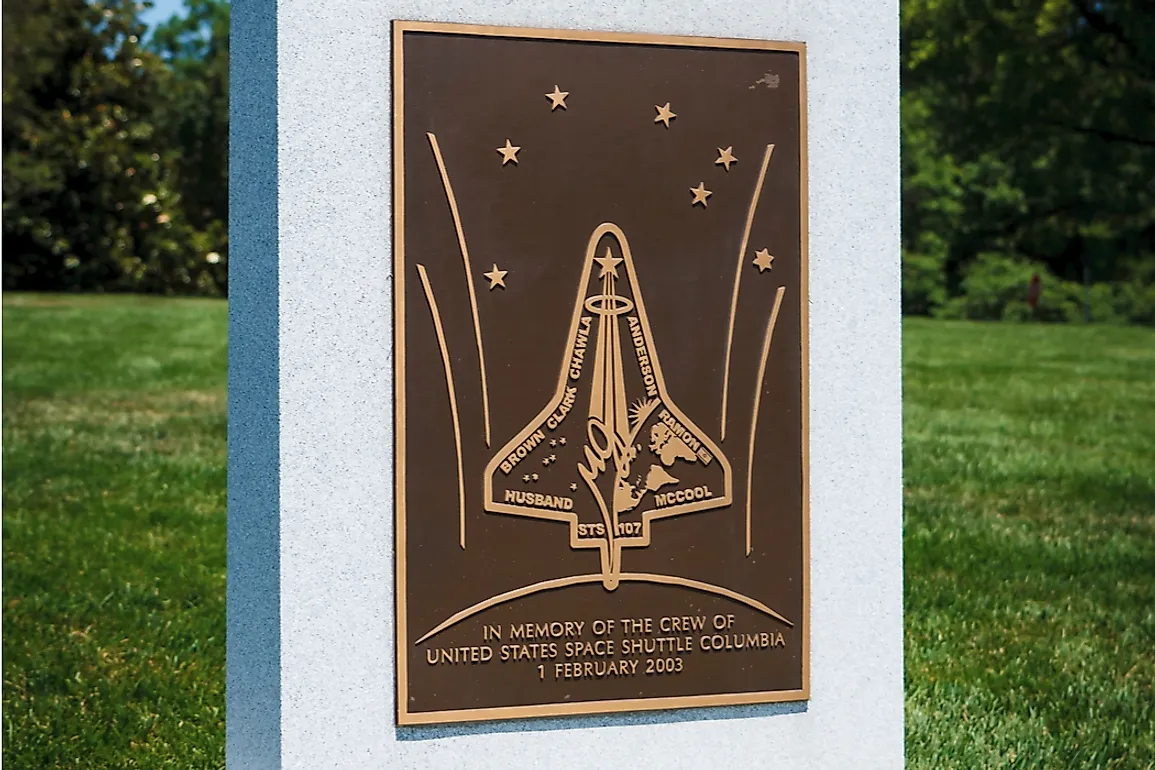What was the Space Shuttle Columbia Disaster?

The Space Shuttle Columbia disaster occurred on February 1, 2003, when the space shuttle broke apart while it was entering the earth’s atmosphere. While launching, a piece of insulation foam hit the ship’s left wing leaving a hole which affected it while it was descending. The Space Shuttle Columbia disaster was the second disaster experienced by the space shuttle program after the Challenger disintegrated seventy-three seconds after lifting off in 1986. After the Challenger disintegrated, NASA suspended all space flights for over two years as they conducted an investigation.
History of Space Shuttle Columbia
On April 1981, Columbia became the first shuttle to go to space, and before breaking apart in 2003, it had completed 27 successful missions. During its 28th mission, NASA was more focused on creating an international space station while Columbia was dealing with research. The 7-member crew spent the entire day in space doing research and they conducted 80 experiments in total.
What Caused the Space Shuttle Columbia Disaster?
On their sixteenth day in space, NASA started investigating a foam strike which happened while it was taking off. A piece of insulation foam hit its left wing creating a 6-10 inch hole. The space shuttle’s fuel tank is usually covered with thermal insulation foam which prevents the formation of ice when it’s filled with oxygen or liquid hydrogen. The ice can damage the spaceship if it’s shed while launching.
While descending to Kennedy Space Center on February 1, 2003, the mission control recorded some abnormal readings. At the point of disintegration, the shuttle was traveling eighteen times the speed of sound and 200,700 feet above the ground near Dallas. The shuttle lost its temperature reading from the left wing’s sensors, followed by the tire pressure reading. The hole allowed hot gas to get into the spacecraft through the left wing while it was entering the atmosphere resulting in loss of sensors and disintegration of the space shuttle.
Where Was the Debris of the Space Shuttle Found?
Over 2,000 fields of debris were located from east Texas to southwestern Arkansas counties and western Louisiana. Other than the pieces of Columbia and the equipment, they also discovered human body parts which included a heart, torso, feet, and arms.
Some adult Caenorhabditis elegans worms which survived the impact were found in a petri dish inside aluminum canisters on April 28. 2003. Some Texans who recovered the debris tried to sell the remains on eBay, but the auction was removed, and the residents were given a three day amnesty to return them. The recovered debris included a window frame and Columbia’s front landing gear.
Findings of the CAIB (Columbia Accident Investigation Board)
Unlike all the commercial aircraft, the shuttle did not have a recorder which could be used in case of a crash; instead, it had a data recorder which was functioning during the time of the disaster. The flight data recorder was located on March 19, 2003, near Hemphill, Texas. It had recorded numerous parameters and it had extensive structural logs and data which the investigators used to reconstruct all the events which led to the incident. After multiple foam impact tests, they concluded that the hole created by the foam was the cause of the accident.
The investigating board gave their report on August 26, 2003, and they pointed out the underlying cultural and organizational issue within NASA. The investigators were highly critical of the risk assessment and decision making processes of NASA and concluded that they were flawed and that safety compromise was expected irrespective of whoever was in charge. They recommended that NASA should eliminate all the safety issues that can affect a space shuttle and ensure the safety of the astronauts in future. The Board also called for political support and more funding for the agency.











